Valuing Your Standing Timber 1,2,3…
Estimating standing tree value can be tricky. Follow our three-part guide to calculate the value of each and every tree or familiarize yourself with the process. These articles will give you all the tools you need to identify, estimate the volume, and determine the value of your timber.
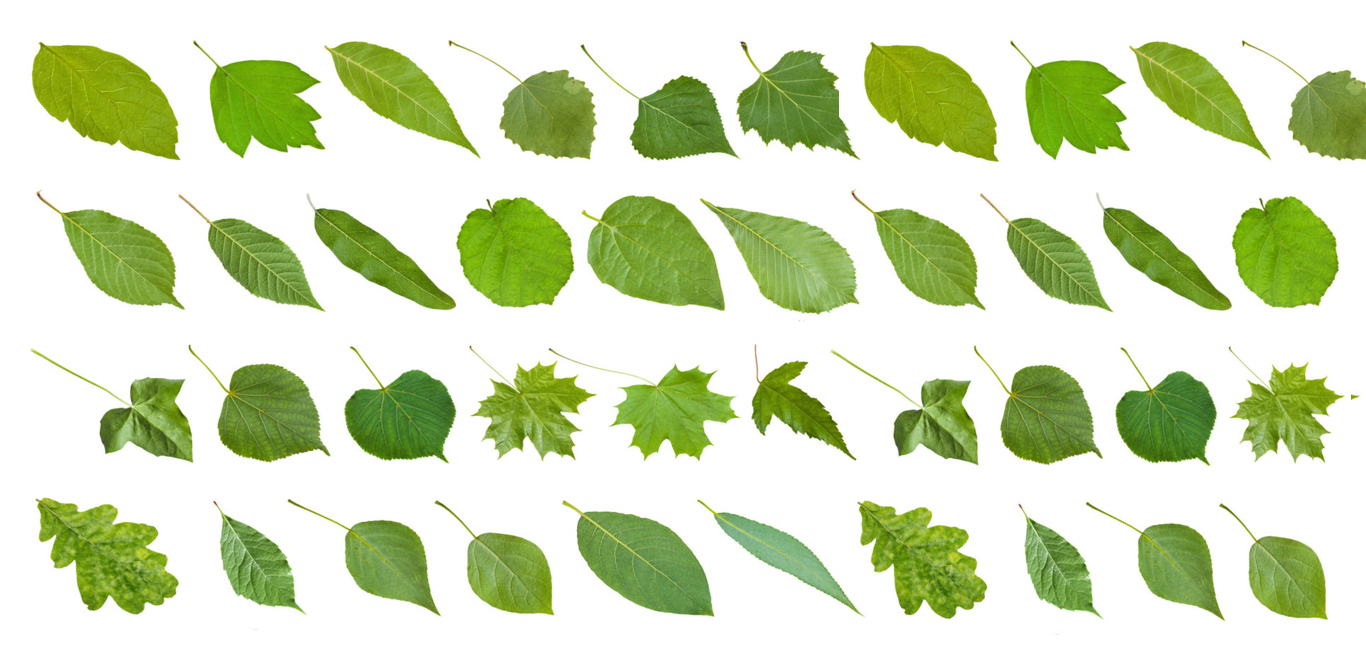
What Kind of Tree is it?
Head on over to our Industry Fact Sheet for the scoop on tree identification.
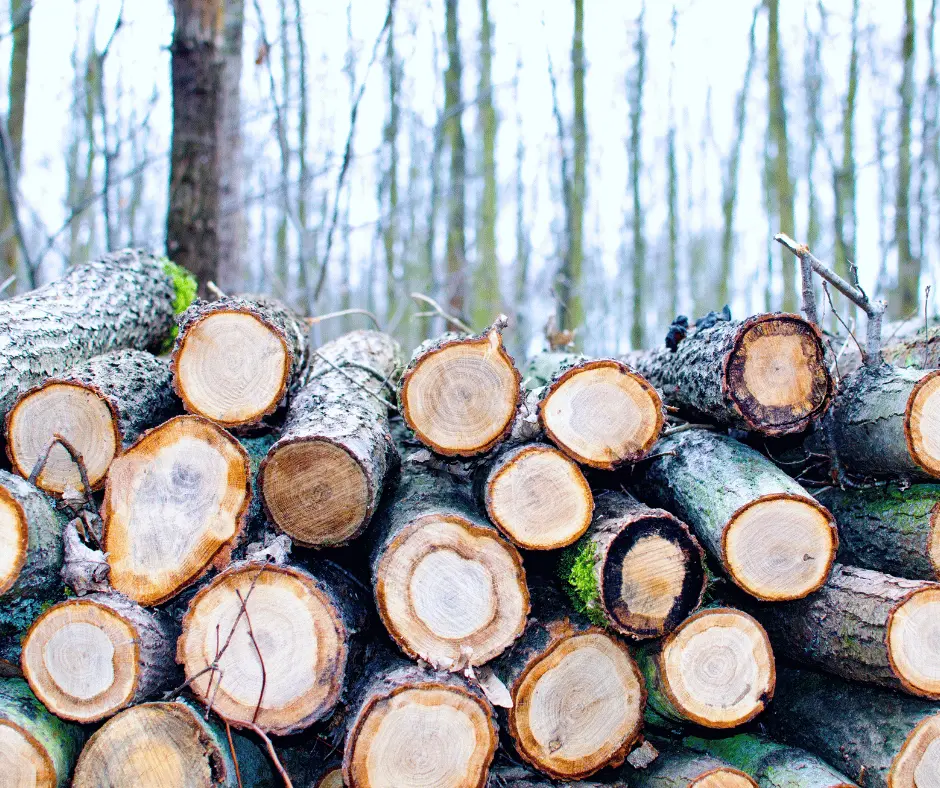
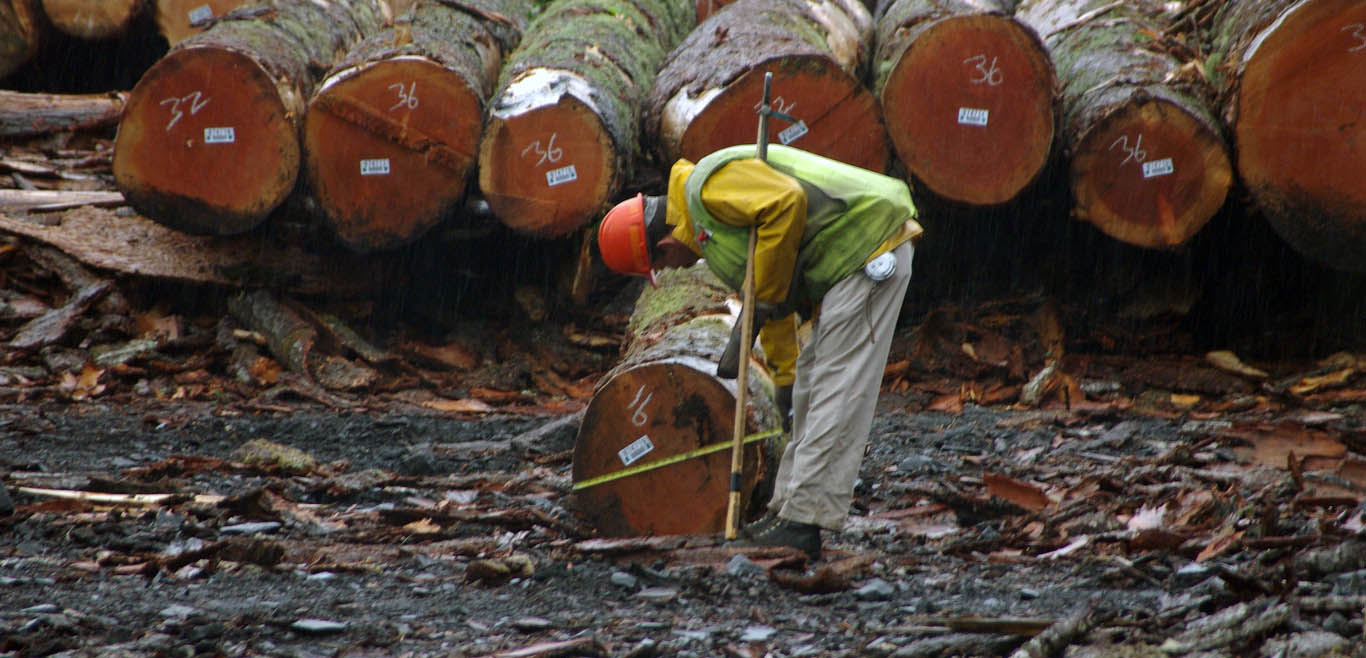
Estimating Tree Volume
After you know what tree(s) you have, click here to head on over to our blog post on estimating standing timber volume.
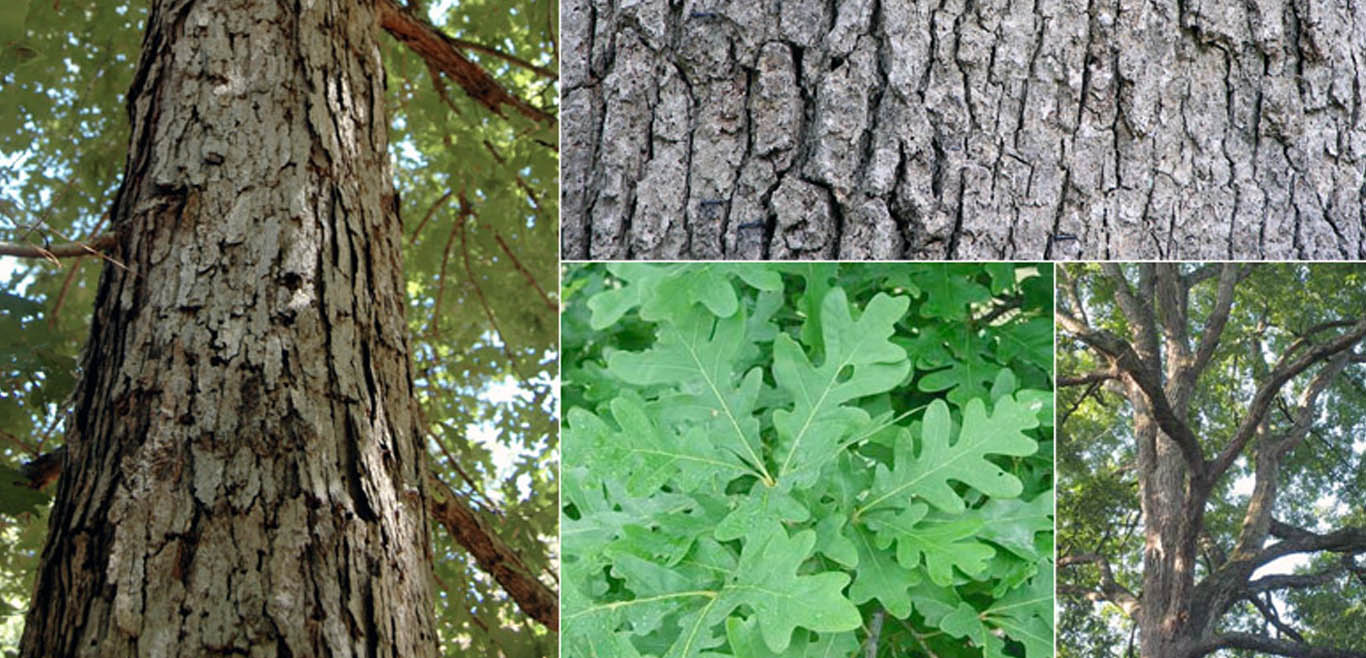
Estimate Timber Value
Once you know the 1) species and 2) the volume, your ready to estimate the value of your timber. Keep reading.
Estimating Standing Tree Value Varies Tremendously
Not every tree is created equal.Some are straight and limbless for long spans while others are crooked and have many limbs in the first 8 feet. There are even possible defects such as hollow centers or mineral stain that are often impossible to detect while a given tree is still standing. For this reason, within a given species, there is potentially a very wide range of values.
Estimate Standing Tree Volume
board footage you harvest is the single most important factor in estimating the value of your standing timber
The easiest step of this process, and one of the most important factors to be considered when assessing the value of a stand of timber, is estimating the volume of the individual trees. Estimating tree volume is explained fully in this blog article. If you don’t feel like reading the article, you can count on mature trees (20+ inches in diameter at chest height) to contain on average between 250 and 500 board feet each, depending on their height. Roughly speaking, a mature tree is big enough that you can’t, or almost can’t, wrap your arms around it (NFL wide receivers aside). If your woods has a lot of these trees, it is probably ready for harvest.
Since timber is sold by the board foot (a volume measurement equal to 144 cubic inches). he board footage you harvest is the single most important factor in estimating the value of your standing timber. The more volume you have that is mature and ready for harvest, the higher the sale price will be.
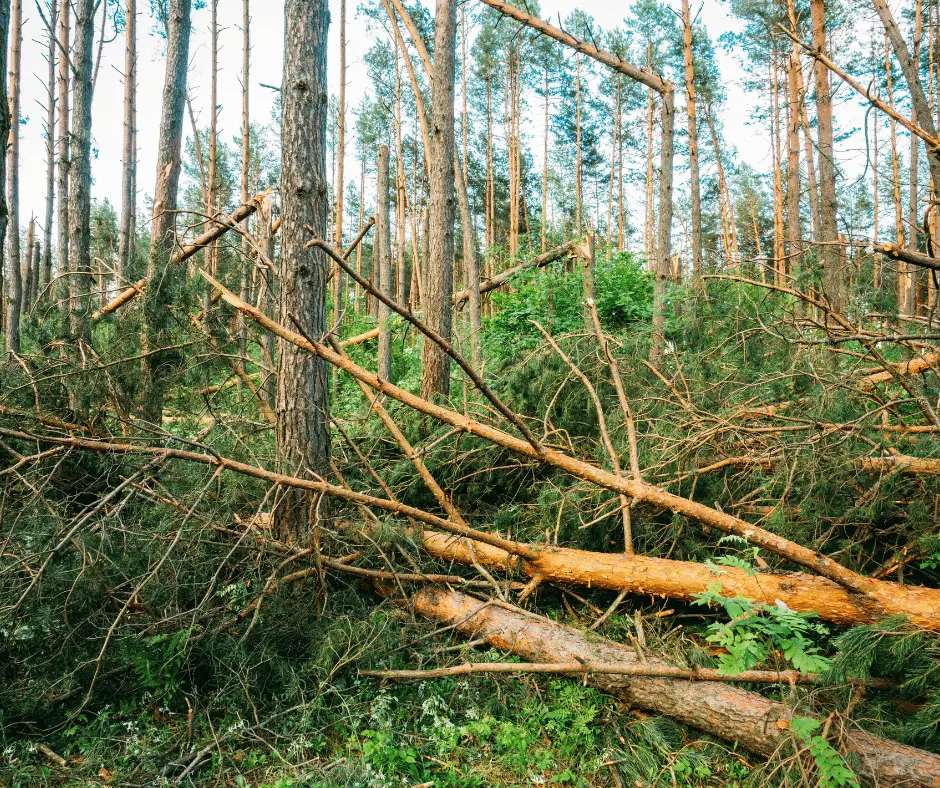
The Species in Your Woods
After the volume of a particular tree, the second most significant factor in the value of a timber stand is species composition. Is that tree Black Walnut? White Oak? Red Oak? While prices change over time due to market trends, the highest value timber in the Ohio, Indiana and Northern Appalachian region is consistently Black Walnut, followed by White Oak. Other valuable species’ include Hard Maple, Hickory, Tulip Poplar, Oak species included in the white/ red families such as Black Oak and Chinkapin Oak, as well as other regional hardwoods. In general hardwoods tend to be more valuable than softwoods though this is not because they are necessarily actually more dense.
The species composition of your woods is going to depend mostly on where in the world you are. Tree varieties tend to grow along latitudinal lines. The good news is that the our region produces some of the best hardwood timber in the world—if you have a mature woods in this part of the country, it certainly has some real value.
Appalachian Hardwood ID Guide
If you need some help deciphering the species of the trees in your woods, take a look at the gallery below. Each thumbnail opens an infographic explaining the most common hardwood species’ found in the Ohio, Indiana and Northern Appalachian regions including their bark, foliage, typical form and other distinguishing characteristics. You may also consider investing in a paperback field guide, readily available for under $10 at your local bookstore.
Timber Pricing
Now that you’ve compiled a list of the trees you think are ready to harvest and determined approximate board footage on each species, you’re ready to get the calculator out. This is where the process gets a bit complicated. Trees of different grades command widely varying prices.
In assessing the grade of a standing tree, a forester must consider both visible and possible invisible defects—some trees that look beautiful while standing are hollow inside; others have mineral stain due to soil composition factors or past livestock grazing. These deficits, indiscernible while the tree stands, will negatively impact the value of your timber and are often difficult to discern.
Understanding Timber Grades and Calculating Harvest Value
However, you can get a good idea of the range of possible values for your standing timber. For this, we turn to The Ohio State University’s Stumpage Price Report. This annual publications lists, by regions of the state, the mean, median and range of prices for various grades of the most commonly sold hardwood tree species’ in our state.Most state university agricultural departments and regional departments of natural resources produce similar documents.
When you review this sheet, you’ll notice that grades are listed along the left column. It categorizes prices for each species into prime logs, number 1 common, number 2 common, and blocking, with an average for all grades combined at the bottom of each section. These grades reflect the quality of lumber a tree can yield and determine its value.
Prime grade logs mostly yield FAS lumber, the highest grade, which is ideal for furniture and cabinets. Truly exceptional logs may even become veneer. In contrast, number 2 common logs typically turn into railroad ties and pallets. This significant difference in potential uses explains why some logs are highly valuable, while others are better suited for firewood than lumber.
Estimating Timber Value A Guide to Grades
If you’re woods has been responsibly timbered in the past, and some time has passed since it was last harvested, you likely have a high number of harvestable timber.
The main factor assigning the different grades is the number and size lower limbs on the standing tree. In other words, the longer up the trunk a particular tree stretches without limbs or locations where limbs once anchored, the higher its grade will be. A tree without limbs for the first 16 feet will likely produce two 8 foot prime logs. Further up the tree will be number 1 and number 2 common. You see, each tree will produce several different grades of logs, the quality of which declines proportionately up the trunk toward the canopy.
If your woods were responsibly harvested in the past and enough time has passed since then, you likely have a good amount of harvestable timber. However, not all logs will be prime, so using average values instead of high-end estimates gives a more accurate timber value. Alternatively, use the mean “All Grades” figure from the table, which is more reliable for larger forests. Both options will be used in examples below.
Timber Valuation: An Example
The numbers in the timber pricing report are per 1,000 board feet.Divide the estimated board feet for each species by 1,000, then multiply by the price from the report.
Let’s say you estimate the volume of your stand of mature White Oak to equal 10,000 board feet. One estimate of its value can be found by multiplying the mean reported for no. 1 common White Oak (425 for Spring of 2012 and 482 in the Fall) by 10 (10,000 board feet divided by 1,000). So you’re White Oak is likely worth about $4,250. Using the second strategy from the paragraph above you would multiply 10 by the “All Grades” mean value of 567, equaling $5,670. Repeat this process for each species you have tallied and you should have a ball park estimate of what your timber is worth.
As you can see, coming up with an exact dollar amount for a tree is difficult. Though part of the proper stewardship of a forest involves continual assessment of the health and maturity of the trees, for non-professionals with large stands of timber the task can be daunting.
Timber Consultations
Timber Works explains every step of both the assessment and the logging processes along the way. We make timber harvesting recommendations that consider the unique characteristics of your woods, and address the input and concerns from you, the land owner, above all others.
We never pressure customers to sign contracts prematurely and we never include ambiguous language about the scope and details of a harvest in the agreements we do makeTimber Works addresses your questions and concerns fully and honestly.
Call or email us today for a hassle free assessment of your standing timber! Click here for more information about logging and timber buying from the professionals at Timber Works.
Review
- Estimate the volume and individual species’ footage in your timber stand.
- If you can wrap your arms around a particular tree (excluding professional athletes) it might not be quite ready to harvest, though this depends in part on species and other conditions.
- The more mature trees you have, the more likely it is that your timber is ready for harvest.
- To estimate the value of your timber, take the volume, divided by 1,000, and multiply it by the price quoted in your states standing timber stumpage report.

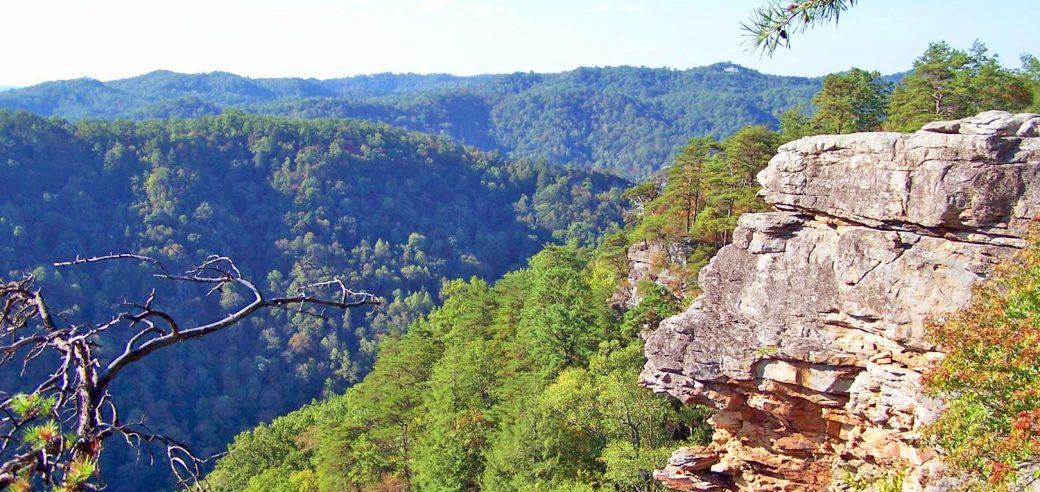
Comments 9
My wife’s parents own a farm in eastern NC that grows pine trees for lumber. I was wondering when the best time typically it is to harvest pine trees (either longleaf or loblolly) to make the most profit from them. They were recently harvested and the widest stump I could find was approximately 20″ with most stumps being 16″. There was approximately 150+ acres of pines. I feel like they may have been harvested too early since they were thinned less than 5 years ago. I think most of the harvest was sold as pulp wood. Is this pretty common?
Hi do you offer free estinates?
A neghbor who cut down 20 of our trees with no permission white oak, red oak, maple . from 44″ at trunk to 60 ‘ height and some 30″ trunk 60′ height & some 24″ trunk , 60’ in height. Want to know what to charge him in a lump sum to resolve this issue with out going to court. A ball park figure would be nice. Thank u for yr input
Unfortunately to one of the trees probably won’t pay for the cost of their extraction. An average walnut tree will be worth about $250 but it can go up quite a bit depending on quality. That said, trees that grow in the yard are usually not very valuable.
Yep. Feel free to give us a call!
Ohio law is three times the trees value when a tree gets cut over the property line. Good luck!
Entirely possible this was used for pulpwood or other lower priced wood. If that is the case, it’s not true necessarily that it was cut too early. It really depends on the usage.
Pingback: How Long Are Trees Allowed To Grow Before Harvested – SabinoCanyon.com
I AT LEAST 3 OR MORE BLACK WALNUT TREES THAT I CANT HUG.. AND WANT TO SELL